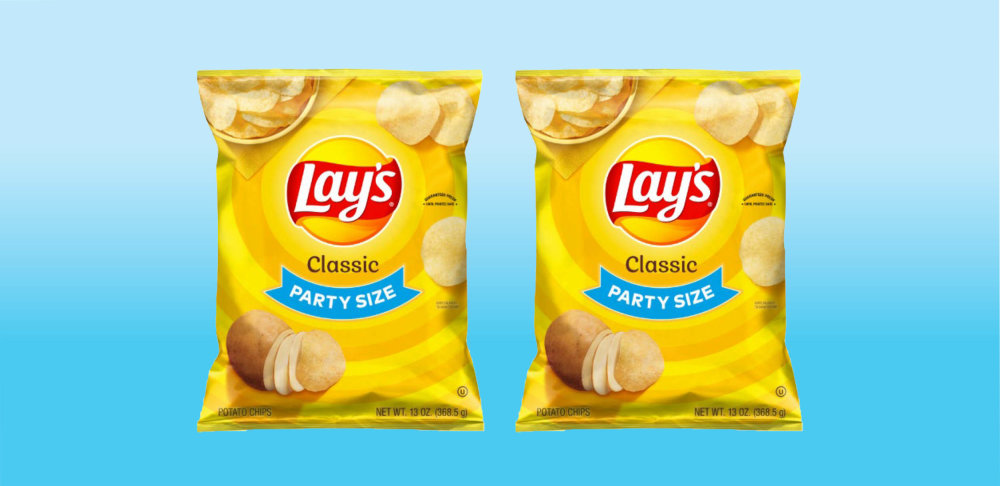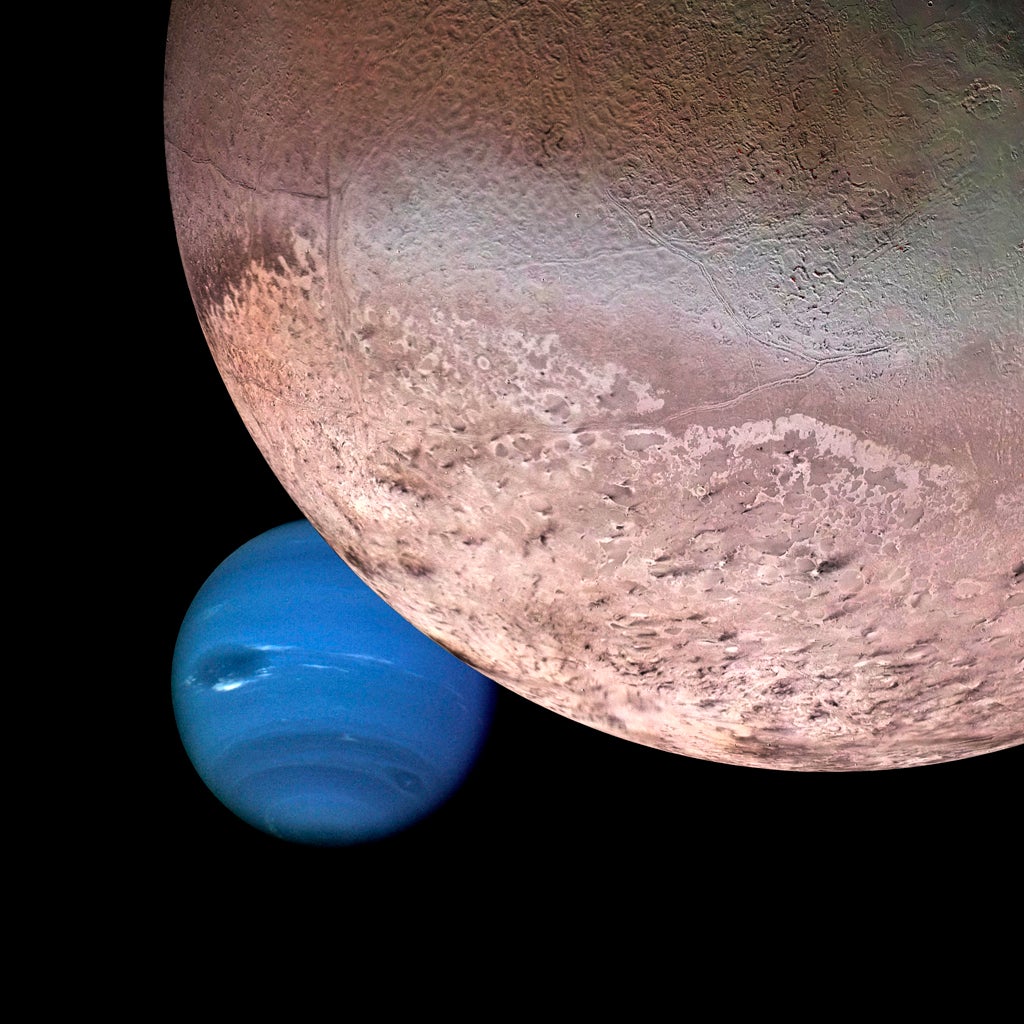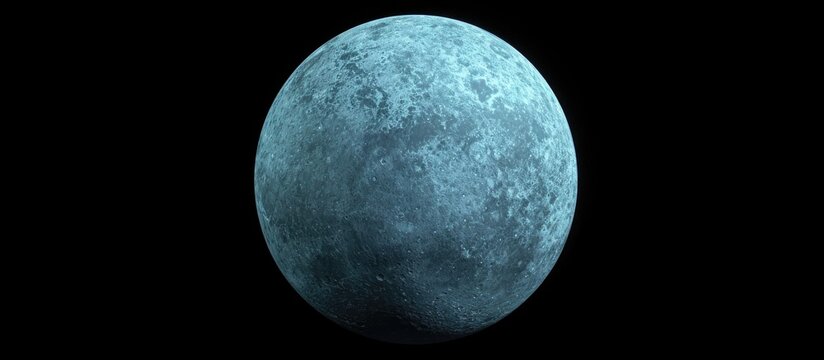Galatea: The Moon That Shapes Neptune’s Rings
Galatea, Neptune’s elusive moon, plays a key role in shaping its faint, mysterious rings through gravitational forces. Discover how this hidden guardian influences one of the most distant worlds in our solar system.
Discovery
Galatea, one of Neptune’s inner moons, was discovered in 1989 by the Voyager 2 spacecraft. It was named after a sea nymph from Greek mythology, keeping with the tradition of naming Neptune’s moons after water-related deities. This small, icy moon orbits close to Neptune, hidden within the planet’s complex ring system.
Size and Shape
Galatea is an irregularly shaped moon, measuring about 204 kilometers (127 miles) across. Unlike perfectly spherical moons, its uneven form suggests that it lacks the gravity necessary to pull itself into a round shape. This irregularity gives it a rugged, lumpy appearance, making it resemble a battered asteroid rather than a smooth celestial body.
Orbit and Movement
Galatea orbits Neptune at an average distance of about 62,000 kilometers (38,500 miles). It takes only 10 hours to complete one full orbit around its planet. Because of its close proximity to Neptune, Galatea is classified as a shepherd moon, meaning its gravity influences the particles of Neptune’s rings, keeping them in place. This interaction helps shape the Adams Ring, the outermost of Neptune’s rings.
Surface and Color
The surface of Galatea appears to be mostly icy and dark, reflecting very little sunlight. Scientists believe it is composed of a mixture of ice and rocky material, similar to other inner moons of Neptune. Due to its low reflectivity and lack of atmosphere, its surface likely remains cold and barren, with no known signs of geological activity.
A Moon at Risk
Galatea’s orbit is gradually spiraling inward due to Neptune’s gravitational pull. Over millions of years, this could lead to a dramatic fate. The moon might eventually break apart, forming a new ring around Neptune, or it could crash into the planet itself. This slow but inevitable inward drift is a result of tidal interactions between Galatea and Neptune.
Interactions with Neptune’s Rings
One of Galatea’s most interesting roles is its influence on Neptune’s Adams Ring. As a shepherd moon, it helps maintain the stability of the ring’s structure by preventing particles from spreading out into space. Scientists believe Galatea’s gravitational forces may be responsible for the mysterious arcs—dense clusters of ring material—observed within the Adams Ring. These arcs defy expectations, as ring material should naturally spread out evenly, making Galatea’s role even more intriguing.
Lack of Atmosphere
Unlike larger moons, Galatea does not have an atmosphere. Its small size and weak gravity make it impossible to retain gases around it. This means there is no air, weather, or protective barrier against space debris, leaving its surface vulnerable to impacts from meteoroids.
Exploration and Future Studies
Voyager 2 remains the only spacecraft to have visited the Neptune system, capturing images of Galatea from a great distance. Due to its small size and close proximity to Neptune, detailed studies are challenging. However, future missions to Neptune, possibly using advanced space telescopes or robotic probes, may reveal more about this mysterious moon and its connection to Neptune’s rings.
Conclusion
Galatea may be small, but it plays a crucial role in shaping Neptune’s rings. With its dark, icy surface and irregular shape, it remains one of the most intriguing moons in the solar system. As it slowly drifts toward Neptune, its fate is uncertain, making it a celestial body worth watching. Future missions could uncover more secrets about this hidden moon and its influence on the dynamic system of Neptune.
What's Your Reaction?







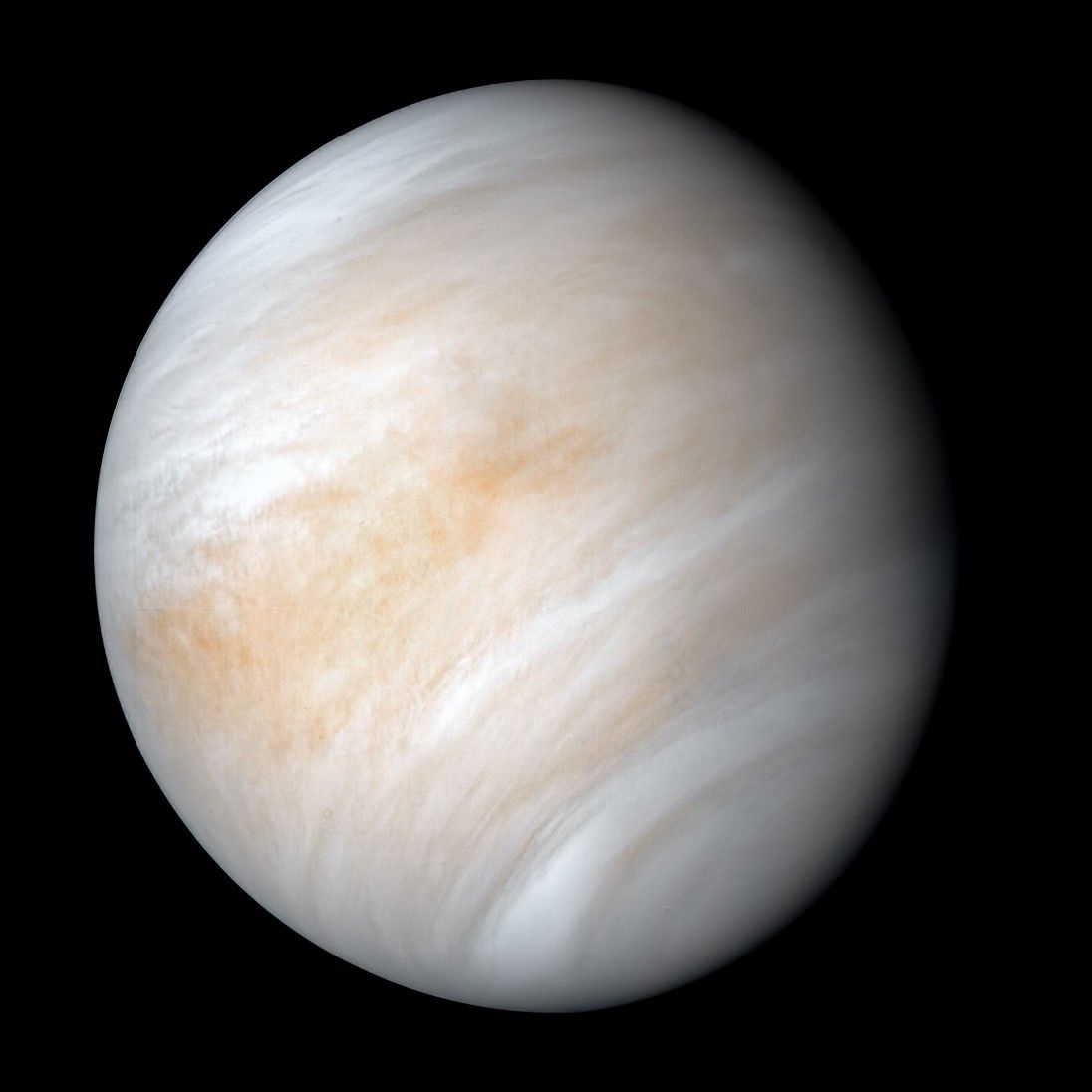



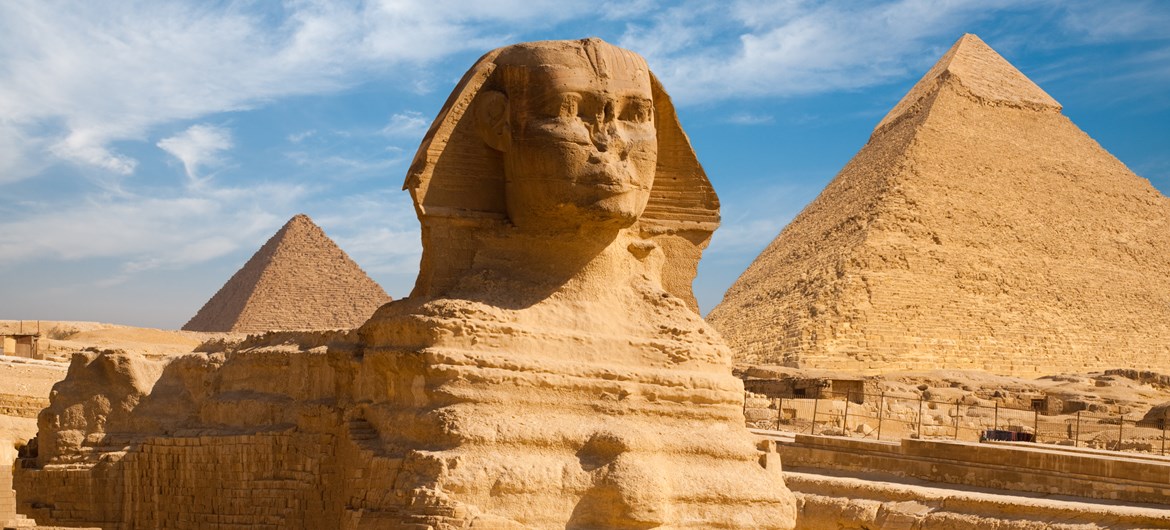
/https://tf-cmsv2-smithsonianmag-media.s3.amazonaws.com/filer_public/54/66/546650fa-26a4-40fd-8d6d-5a7a04540f81/rosetta2.png)
:max_bytes(150000):strip_icc():focal(999x0:1001x2)/robert-prevost-050825-1-39395418ab494da5a3a700c9478e66c8.jpg)


























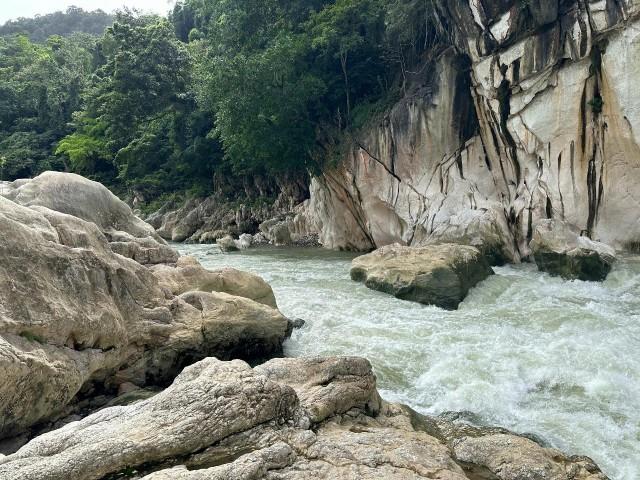










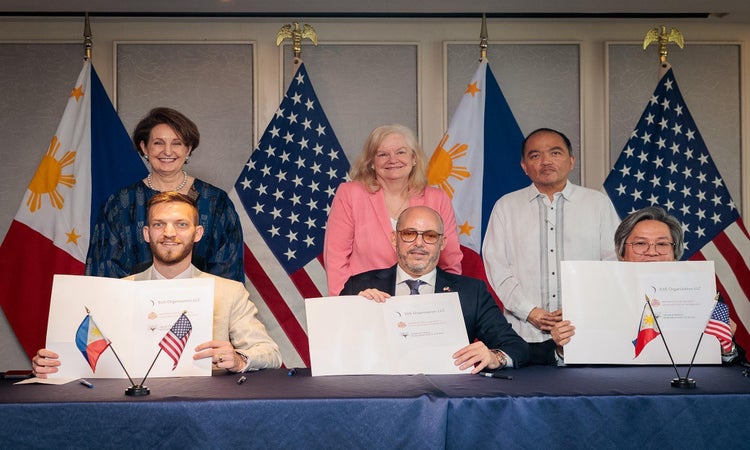




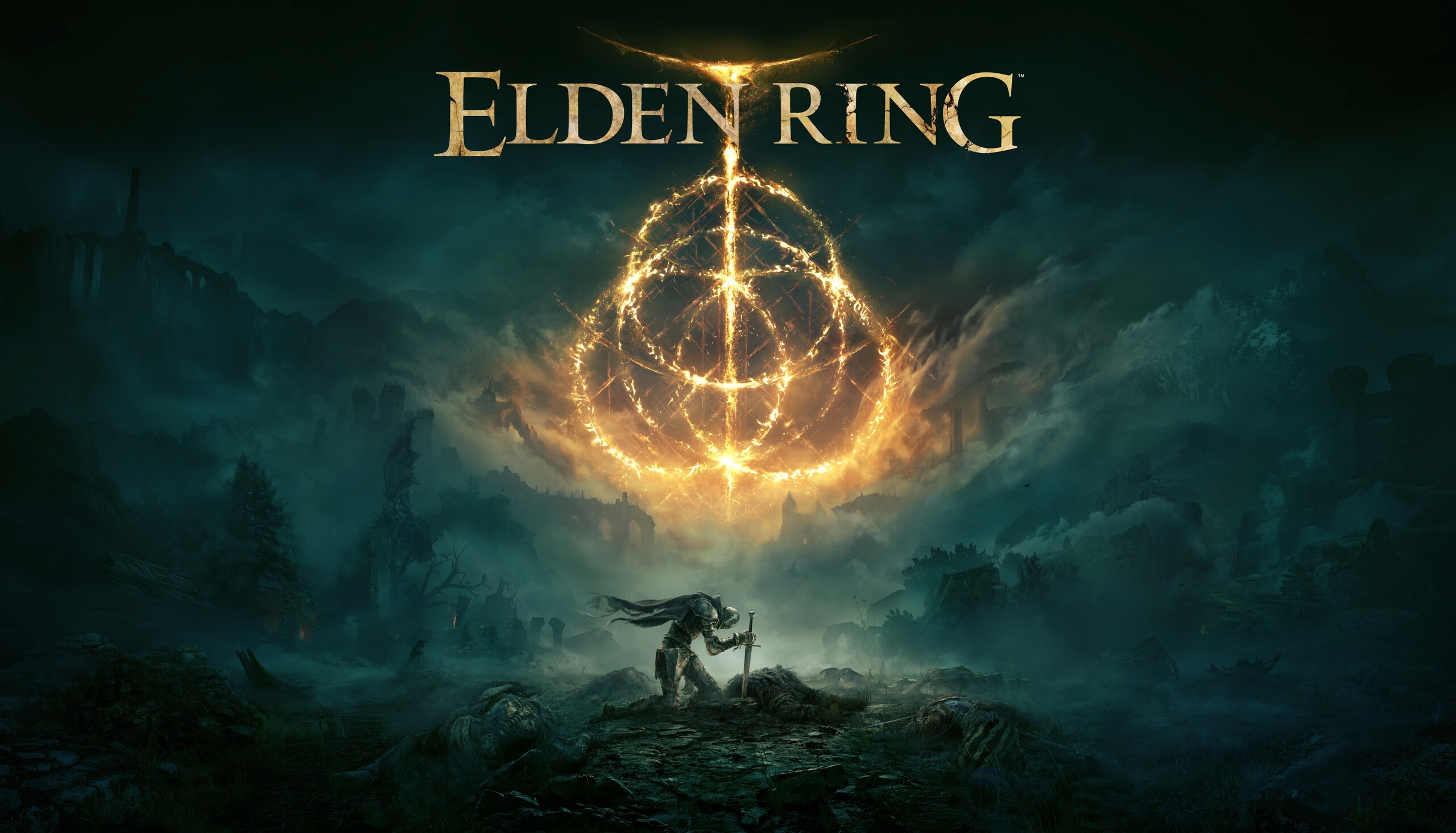




format(webp))
format(webp))













